What is Creatine?
Creatine is one of the most well-researched and effective supplements for increasing strength, muscle mass, and performance. It is a naturally occurring compound found in small amounts in foods like red meat and fish. However, supplementation ensures your muscles have a readily available energy source to power through high-intensity workouts.
The Gold Standard: Creatine Monohydrate
What is Creatine Monohydrate?
Creatine Monohydrate is the most widely used and studied form of creatine. It has been proven to increase muscle mass, improve exercise performance, and support cognitive function.
Benefits of Creatine Monohydrate:
Proven Effectiveness – Backed by hundreds of scientific studies.
Cost-Effective – Most affordable form of creatine.
Highly Bioavailable – Easily absorbed by the body.
Muscle Hydration – Helps pull water into muscle cells for a fuller look.
ATP Production – Enhances energy output during intense training.
Creatine HCL: A Newer Alternative
What is Creatine HCL?
Creatine Hydrochloride (Creatine HCL) is a more recent form of creatine that binds the molecule to hydrochloric acid. This formulation claims to offer better solubility and absorption compared to monohydrate.
Benefits of Creatine HCL:
- Increased Solubility – Dissolves more easily in water.
- Reduced Bloating – Some users report less water retention compared to monohydrate.
- Smaller Doses Required – Due to enhanced absorption, lower doses may be effective.
Creatine Monohydrate vs. Creatine HCL: Which One Should You Choose?
Effectiveness
Both forms support strength and performance, but Creatine Monohydrate has decades of research backing its effectiveness, while HCL has limited studies in comparison.
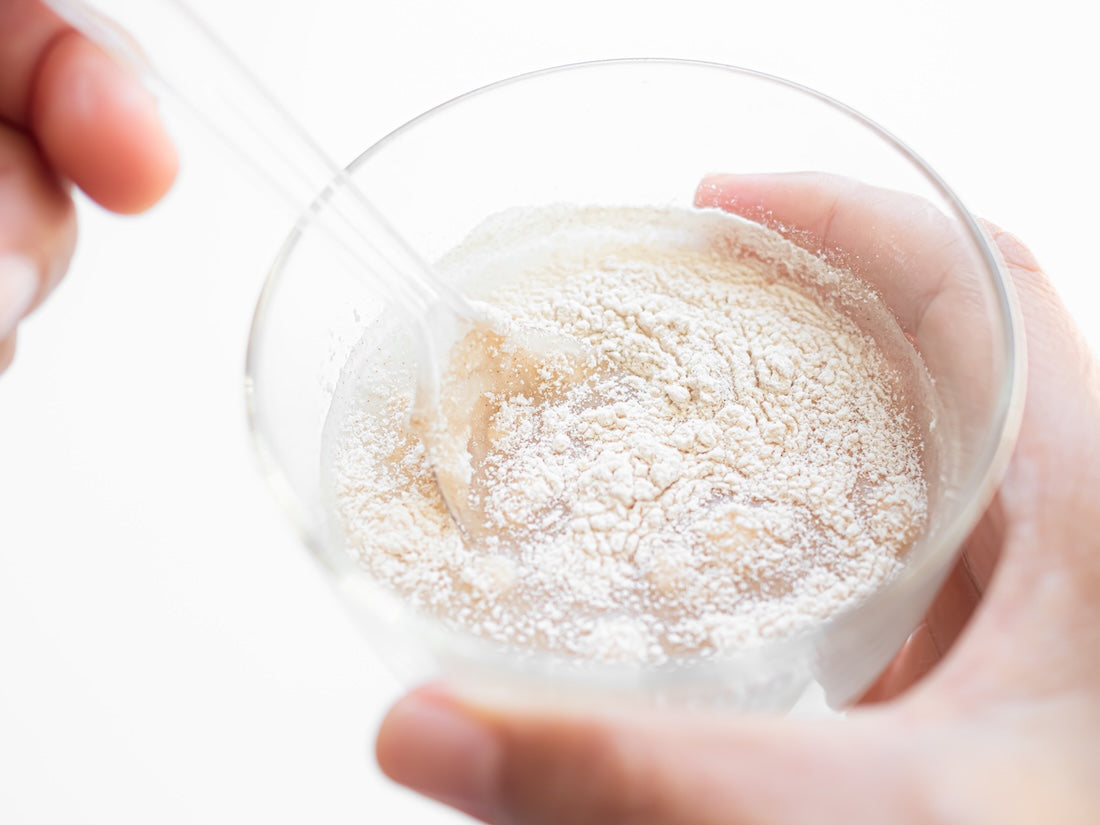
Absorption & Solubility
Creatine HCL is more soluble in water, which may make it easier to digest for those who experience bloating with monohydrate. However, monohydrate’s absorption can be improved by simply taking it with food or warm water.
Creatine Monohydrate is the most widely used and studied form of creatine. It has been proven to increase muscle mass, improve exercise performance, and support cognitive function.
Cost Comparison
Creatine Monohydrate is significantly cheaper and available in larger quantities, making it the better option for budget-conscious consumers.
Dosage
Creatine Monohydrate: Standard dose is 3-5g per day.
Creatine HCL: Due to better solubility, a smaller dose of 1-2g per day is typically recommended.
Which One is Right for You?
If you want the most researched and cost-effective option → Go with Creatine Monohydrate.
If you have digestive issues with monohydrate → Try Creatine HCL.
If budget is a concern → Creatine Monohydrate is the better value.
Final Verdict
Creatine Monohydrate remains the gold standard due to its overwhelming scientific support, affordability, and effectiveness. While Creatine HCL may offer benefits for those with digestive sensitivities, it lacks the extensive research backing monohydrate.
Where to Buy High-Quality Creatine
When choosing a creatine supplement, opt for 100% pure, lab-tested Creatine Monohydrate from a trusted brand. Look for third-party testing certifications to ensure quality and purity.
Related Articles:
Best Time to Take Creatine for Maximum Absorption
- 5 Tips for faster recovery
- Unlocking the Power of Glutamine for Performance Athletes and Bodybuilders
- Boost Your Athletic Performance with These Effective Workout Tips
FAQ
1. Does Creatine Cause Water Retention? Yes, but primarily inside muscle cells, which enhances muscle fullness and strength.
2. Can I Mix Creatine with Protein? Yes! Creatine and protein work synergistically to support muscle growth.
3. Should I Cycle Creatine? No, cycling is unnecessary as long as you take the recommended daily dose.
4. Is Creatine Safe? Yes, extensive research confirms creatine is safe for long-term use.
By incorporating Creatine Monohydrate into your routine, you’ll experience enhanced performance, faster recovery, and improved strength—all without breaking the bank!
-Jon Klipstein
"Before launching our Creatine products, I had the same questions as we went back and forth on what would be the best source of Creatine to offer our customer base. After lengthy R&D, plus internal research we made a decision based on what we felt would be best for our users. This blog is the high level overview of our findings."
Featured product
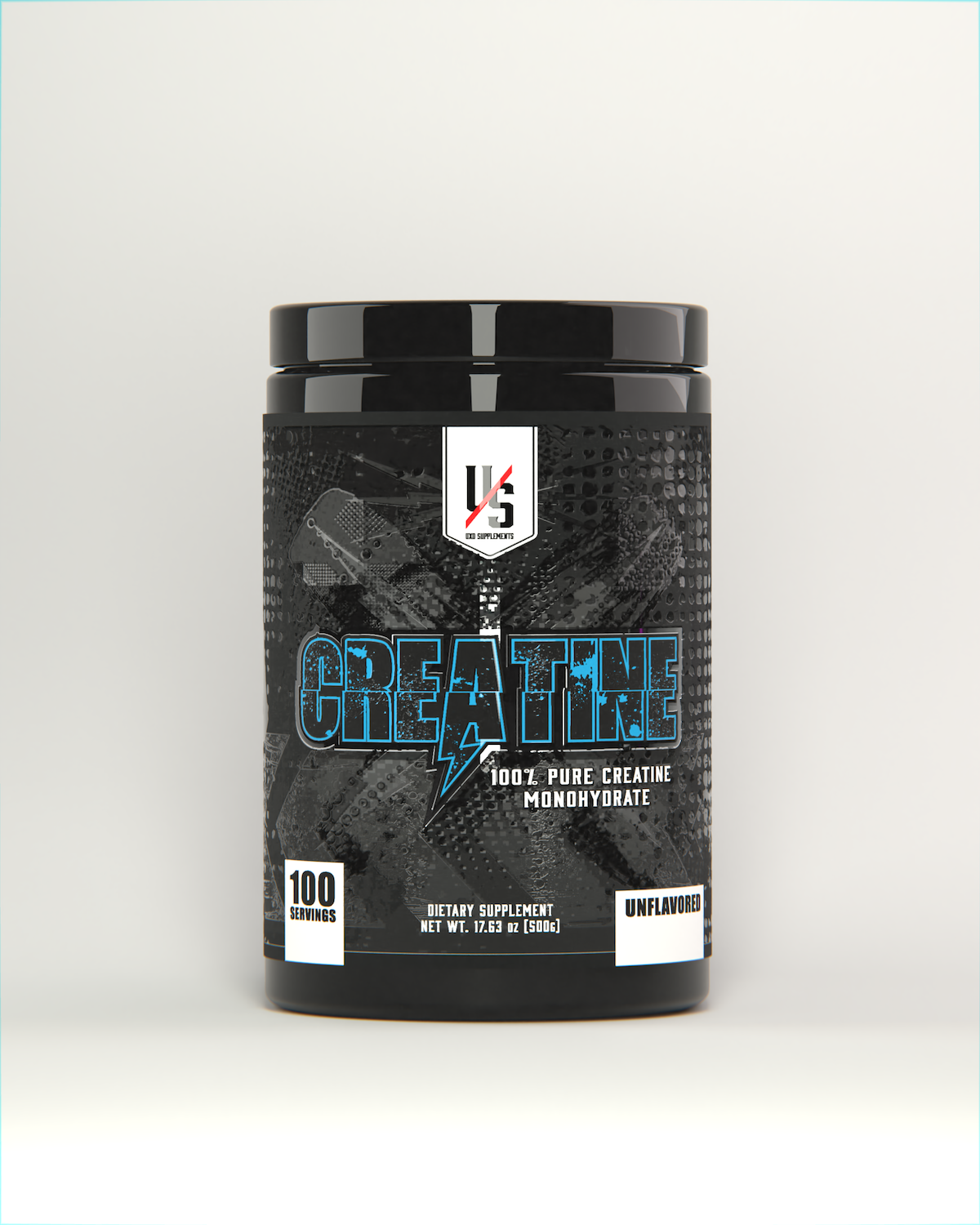
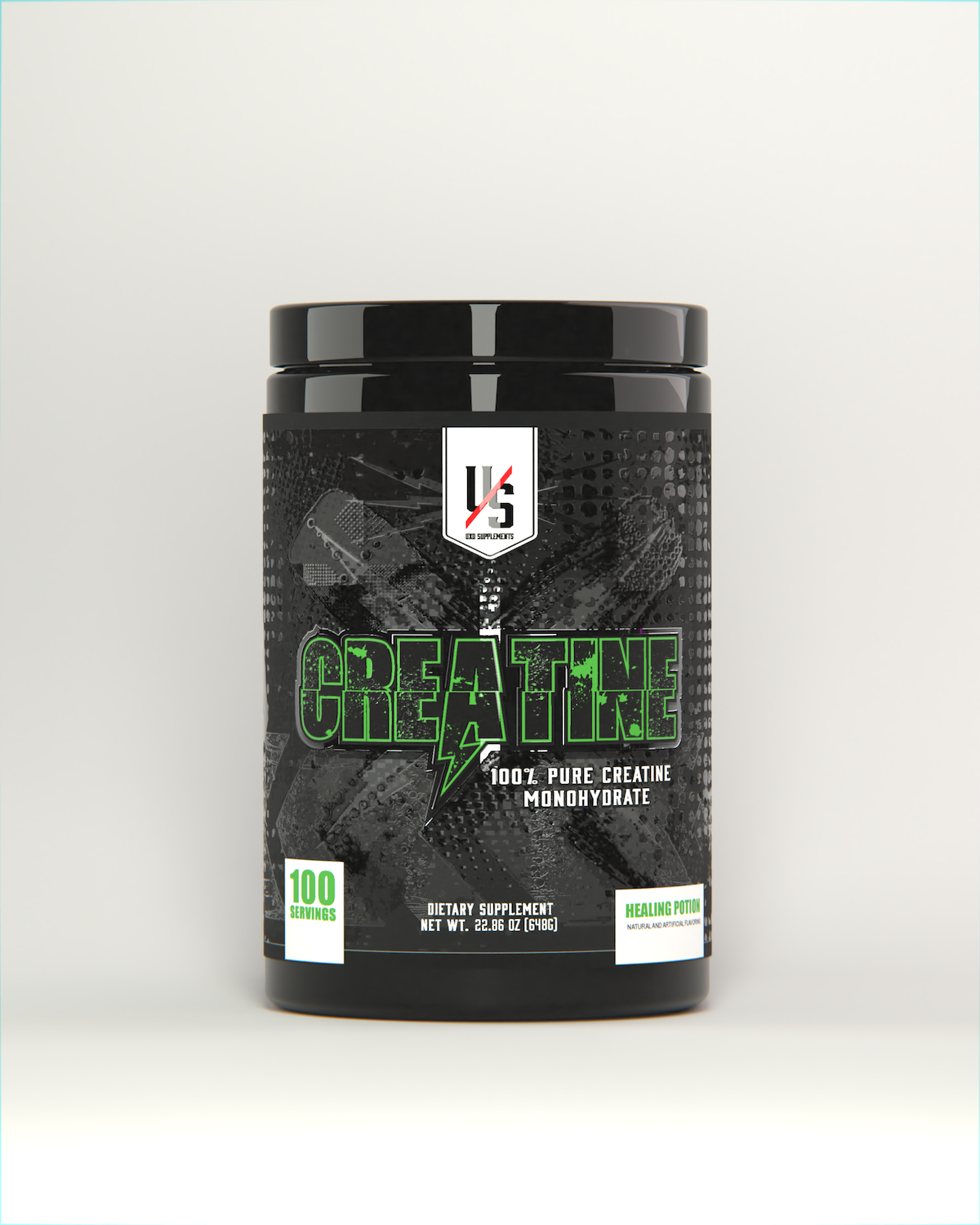
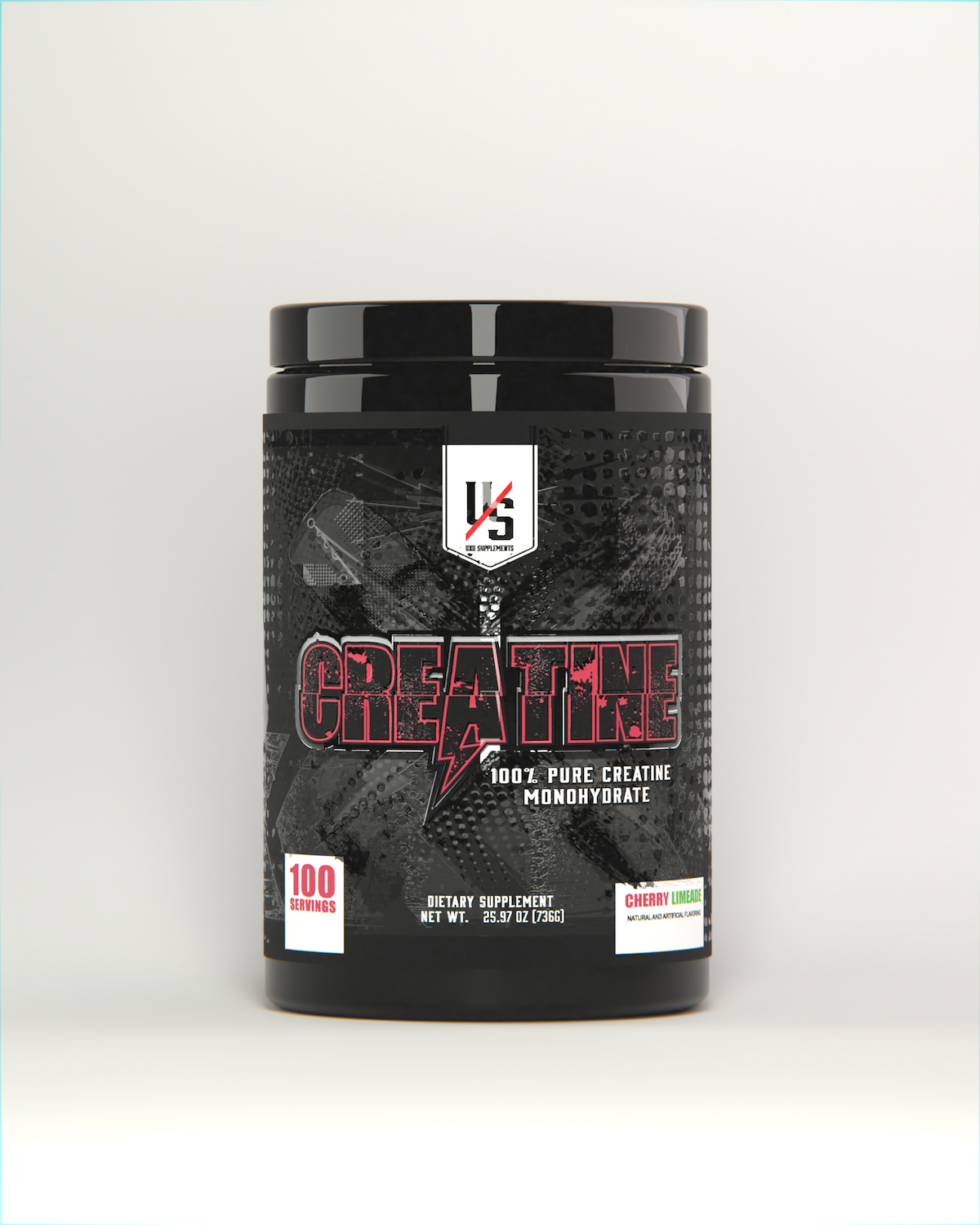
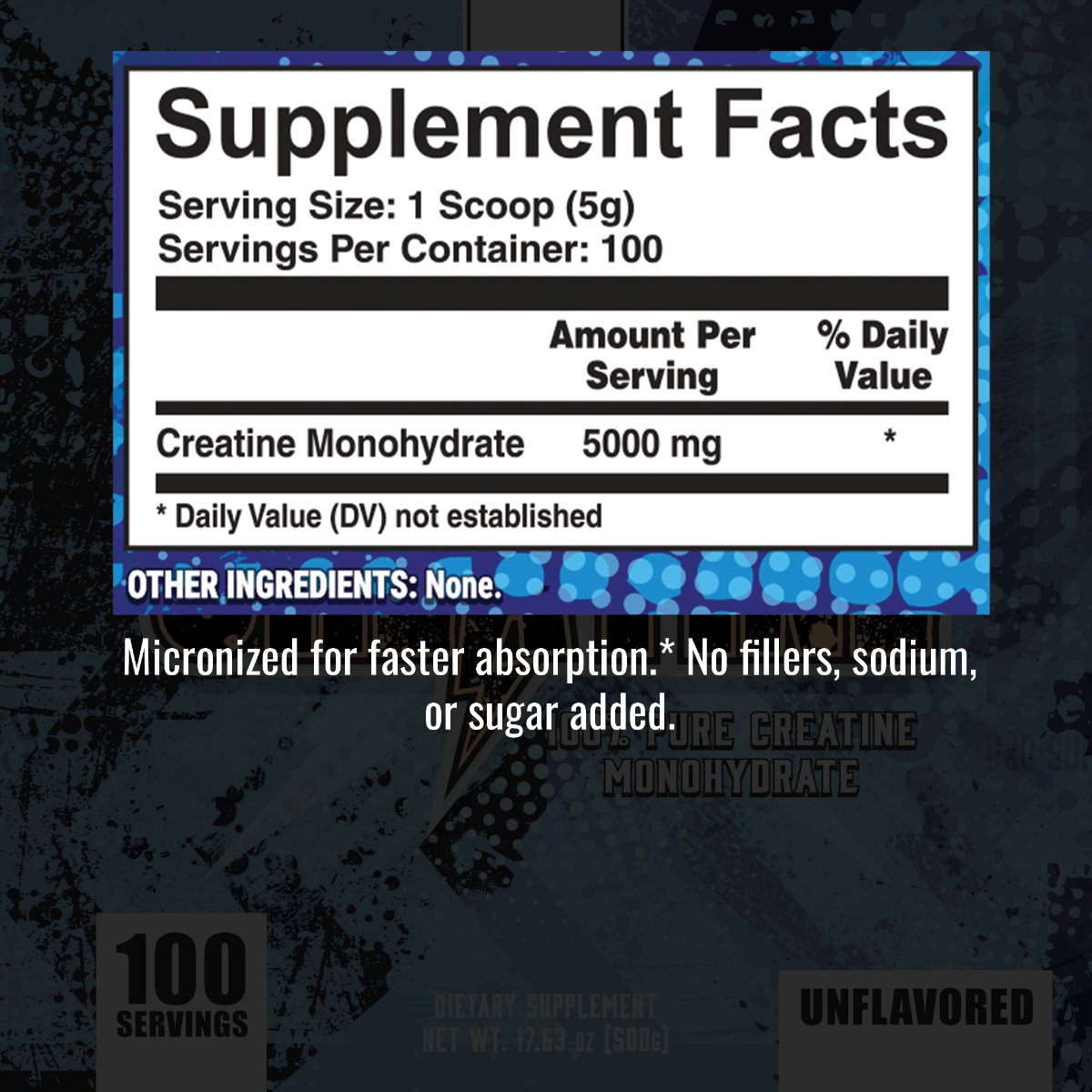
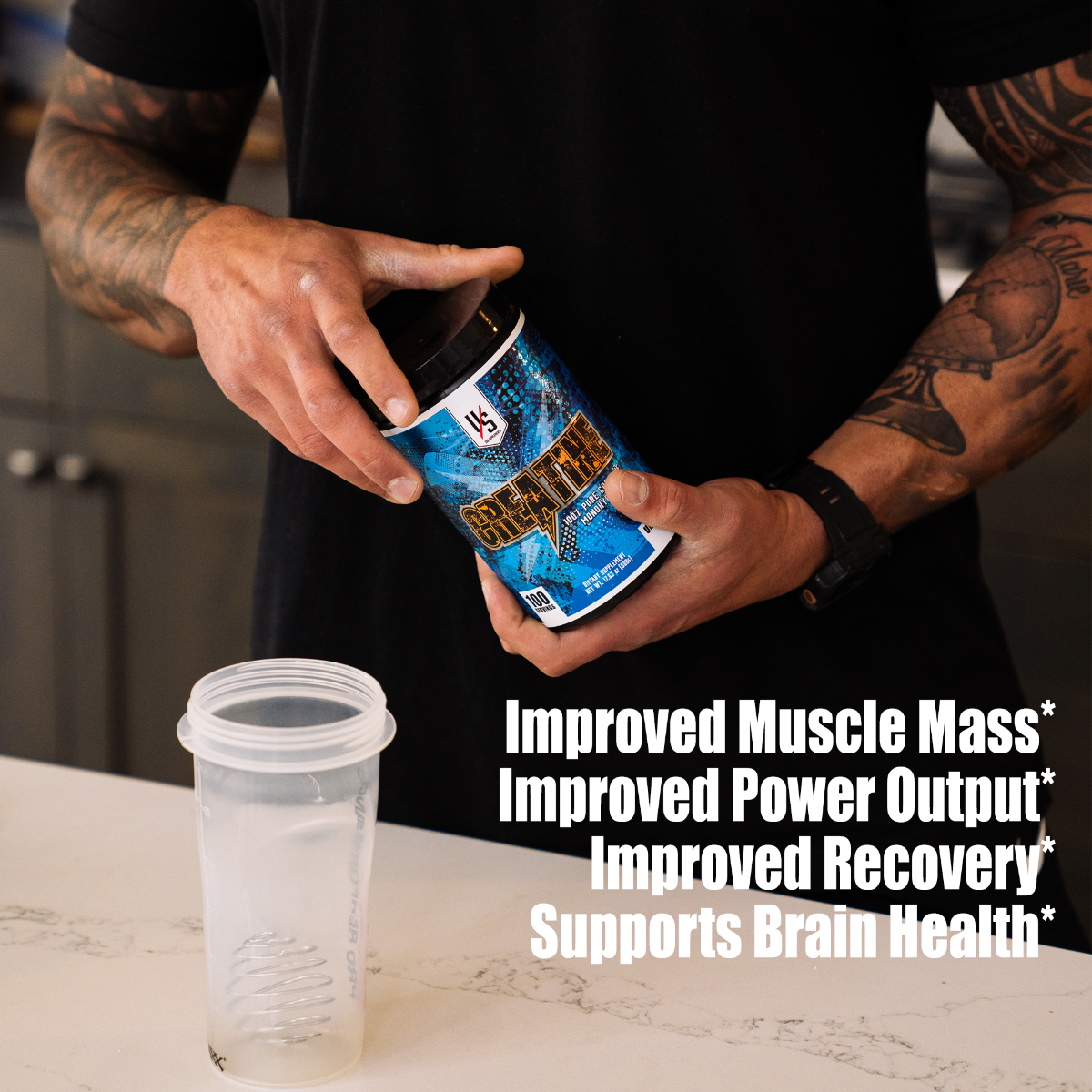
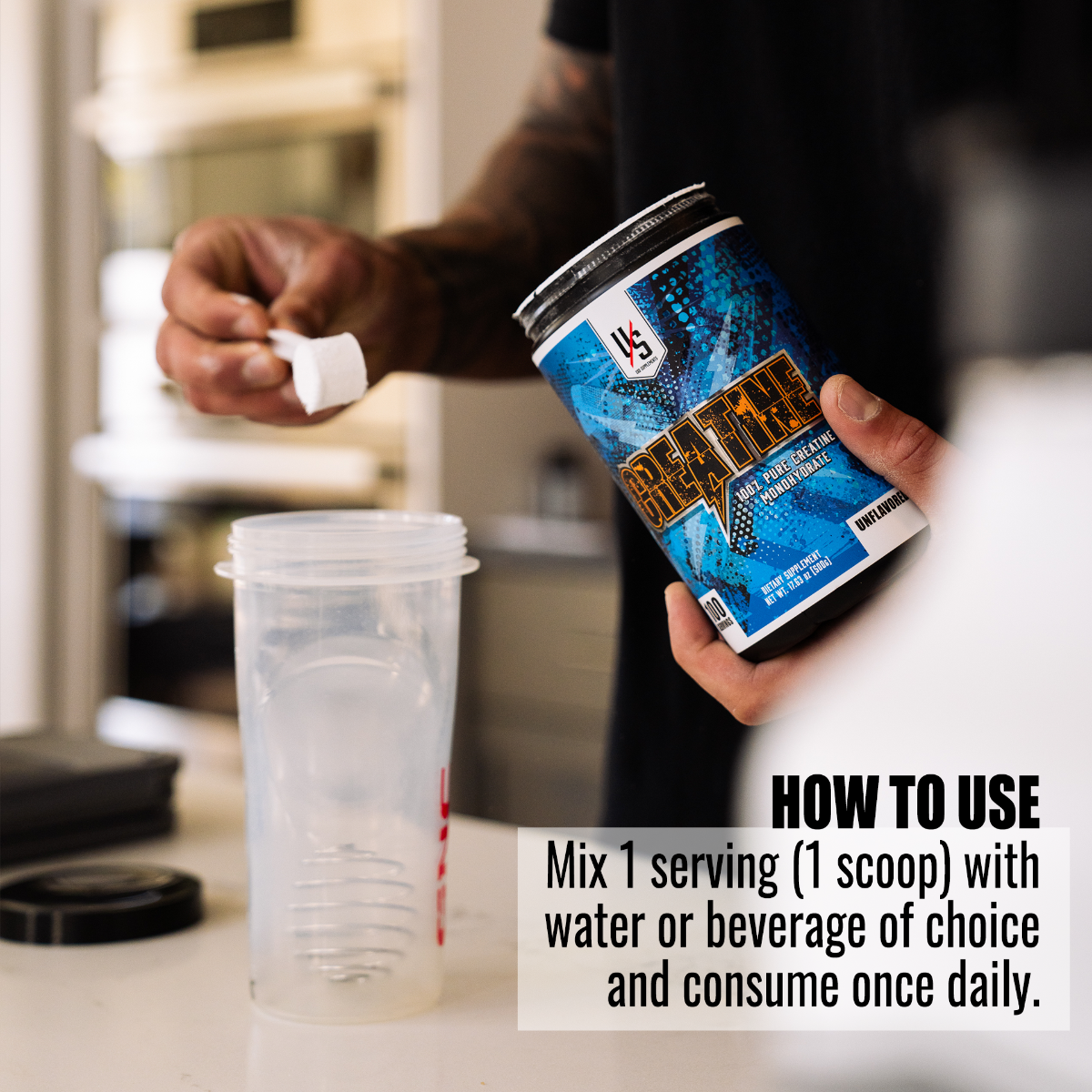
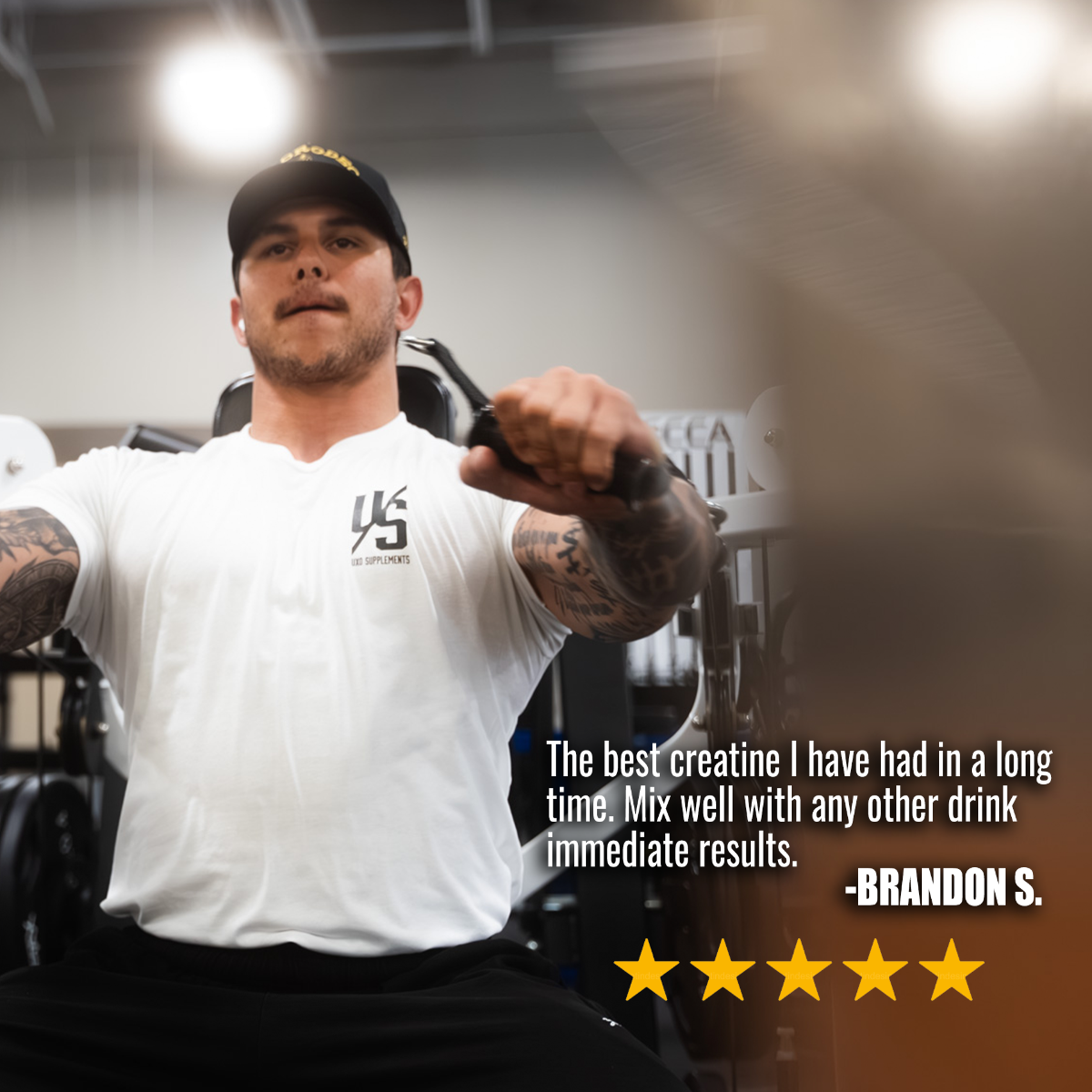
Pickup available at 11880 W. President Dr. Suite D
Usually ready in 24 hours

Micronized Creatine Monohydrate
100 serving / Healing Potion
11880 W. President Dr. Suite D
11880 W President Dr
Suite D
Boise ID 83713
United States
PRODUCT DETAILS
100 servings per container |
|
Increased muscle and strength |
|
improved recovery |
|
could support brain health |
How do you choose the right Creatine Monohydrate?
1: While Creatine Monohydrate is the most popular version, there are differences in Creatine Monohydrate. If you are worried about stomach sensitivity, we recommend taking a Micronized Creatine Monohydrate. Micronized meaning it has been broken down into smaller particles to improve solubility.
2: Is 3rd Party testing important to you? Are you a drug tested athlete, or concerned about cross contaminents making their way into your products? The only way to ensure you are getting exactly what is on the label, without any traces of potential banned ingredients is to choose a product that is 3rd party tested.
3: How do you want to take your creatine? Stack it with your preworkout or EAAs? Then a non-flavored one would be a great opton. If you want to take Creatine by itself, we recommend a flavored version.
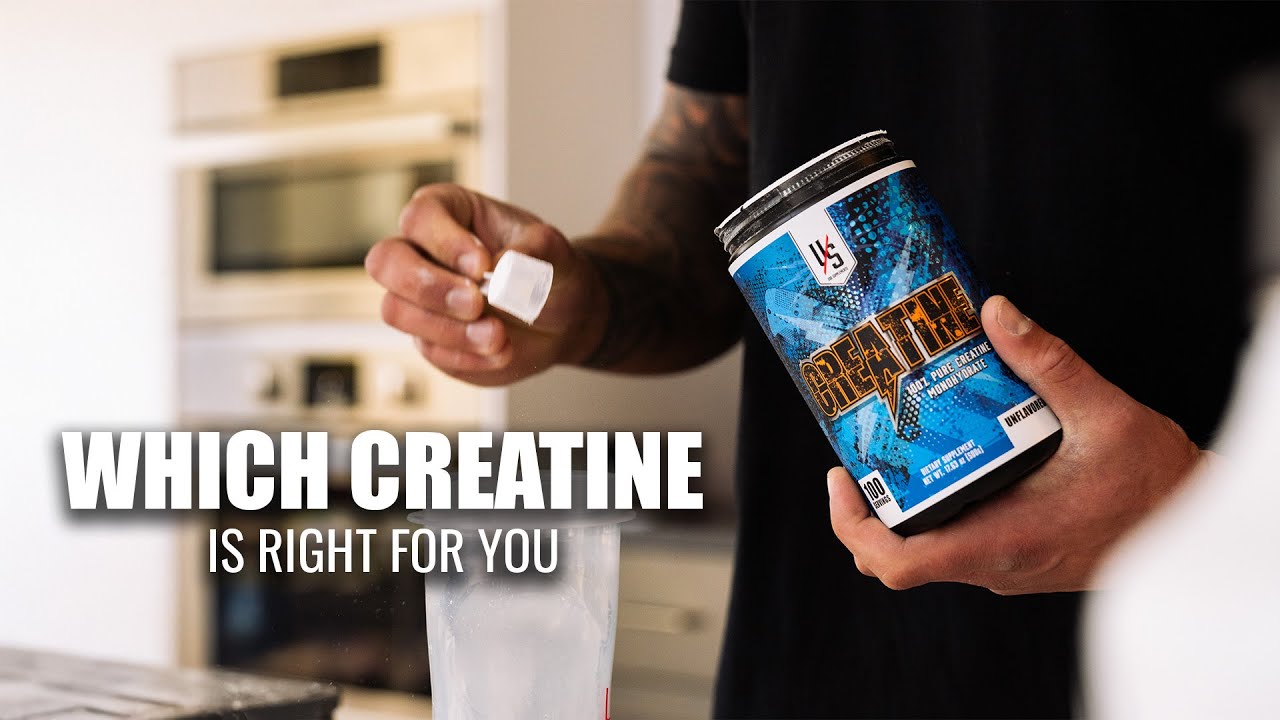
Video
Did you know you can now get Flavored Creatine through UXO Supplements?
With the increased popularity and ever evolving studies on the benefits of Creatine, we decided to give you options. With the unflavored version, you need to be able to mix it with something to mask the bitterness of the raw ingredient. Now you can take Creatine by itself with one of our flavored versions. More will be coming as we continue to grow.
Creatine Monohydrate Pros and Cons
CONS |
|
Not as soluble as HCL |
|
Causes GI Distress with a small % of population |
|
Sometimes exercise is simple. You only need to move around to keep your body strong and healthy. However, it can get complicated when there are different kinds of exercises. It becomes difficult to figure out the type of exercise that will be suitable for your fitness goals, how much exercise you should be doing, and what is the safest activity that you should engage in.
Various mistakes are common to both beginners and veteran gym enthusiasts. Below are some of these:
- Doing Partial Reps
A rep is a repetition of a certain exercise in your workout routine. It can be anything from a bicep curl to a sit up to a bench press or a squat. Reps are great for challenging yourself, but if you are fond of doing partial reps and a poor range of movement, they are not going to be effective.
A partial rep is performing a certain exercise at a very limited range of motion. For instance, having a half squat instead of a properly executed deep squat. You might have done this to get through the set quicker, but if you are looking to improve your strength or build muscle, you need to do the full range of motion.
- Overusing Cardio And Underusing Weights
Most gyms overuse cardio equipment to lose weight. The first inclination for those who want to lose some pounds is hopping in the elliptical, treadmill, or bike and sweat out calories. Of course, cardio will help you spend energy, but you need to lift weights so that you can reshape your body and get the desired results.
Additionally, most women underuse weight due to the fear of becoming masculine. Keep in mind that women have lower testosterone levels. Thus, they do not have enough testosterone to develop “manly” muscles.
- Not Warming-Up
Most people start their workouts without warming up probably because they don’t know its importance or because their training program doesn’t offer it.
Warming-up your muscles is important even when you are at the gym for cardio or strength training. The warm-up can be a ten-minute session on the cross trainer or a few sets of low-intensity warm-ups.
- Using Too Much Weight
There is a fine line between overexerting yourself and challenging yourself. Lifting weights that are too heavy for you may lead to injury and can lead to improper movement quality. There is a place and time for maximum training and doing so in each training session will lead to burnout and may not result in consistent progress.
Avoid comparisons when training and keep in mind that what matters is not lifting maximum weight but doing more reps. If you want to achieve long-term results and have minimum setbacks, lighten the weight and concentrate on form.
- Doing The Same Range Of Exercises
If you have repeated the same program for some months or done the same workout every time you go to the gym, then you are making a mistake. It is recommended to change up your exercises every four to six weeks. You don’t have to train different body parts or change everything completely; you can just tweak a few things once in a while.
Read more
With the growing focus on immune support and gut health, we thought this would give additional insights on things you can do to improve. Gut health can affect performance, body composition, and int...
4 Ways to Boost Immune System Most of us understand the significance of keeping a healthy regimen that includes self-care activities to de-stress, eating a nutrient-dense diet, and exercising at ...

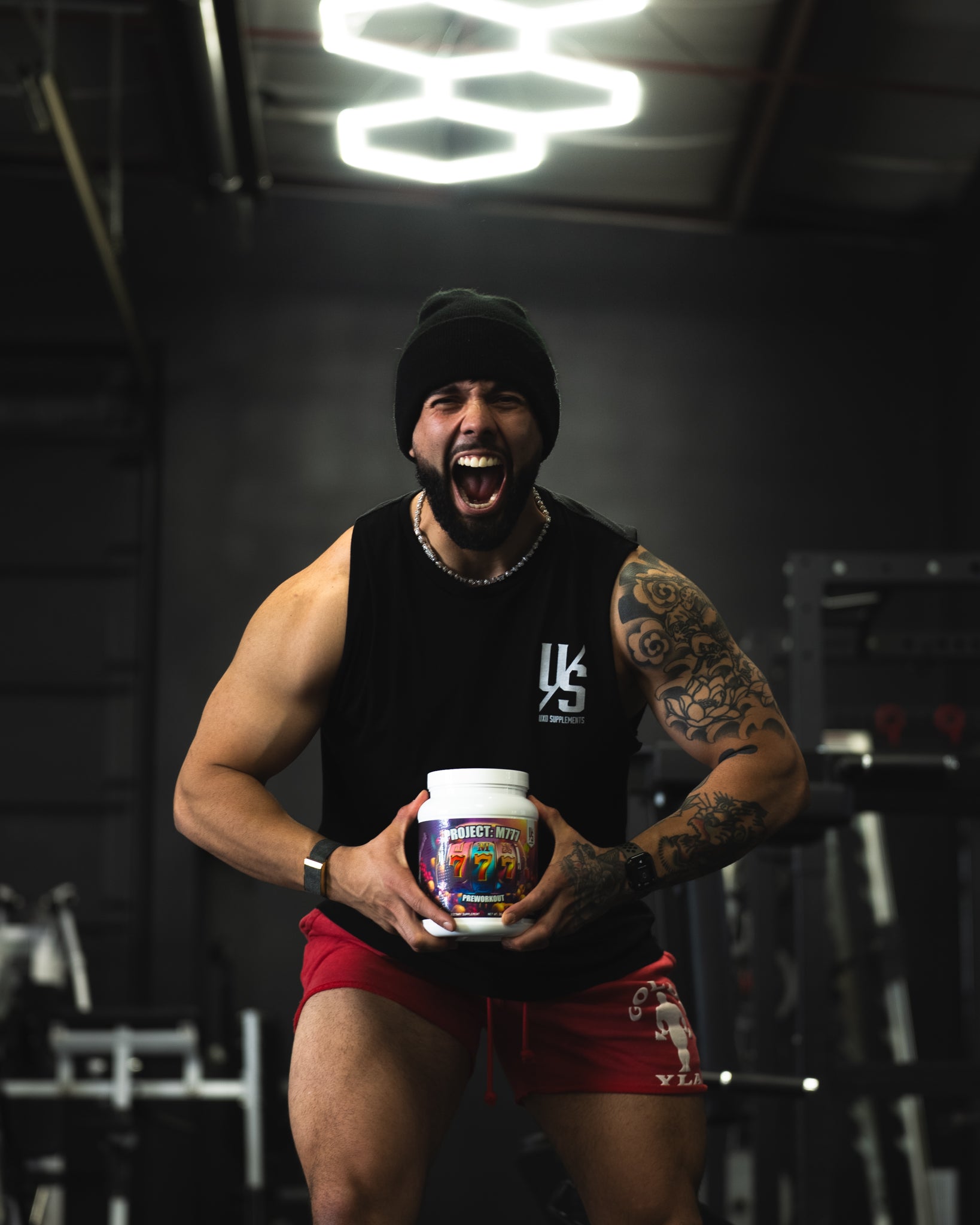




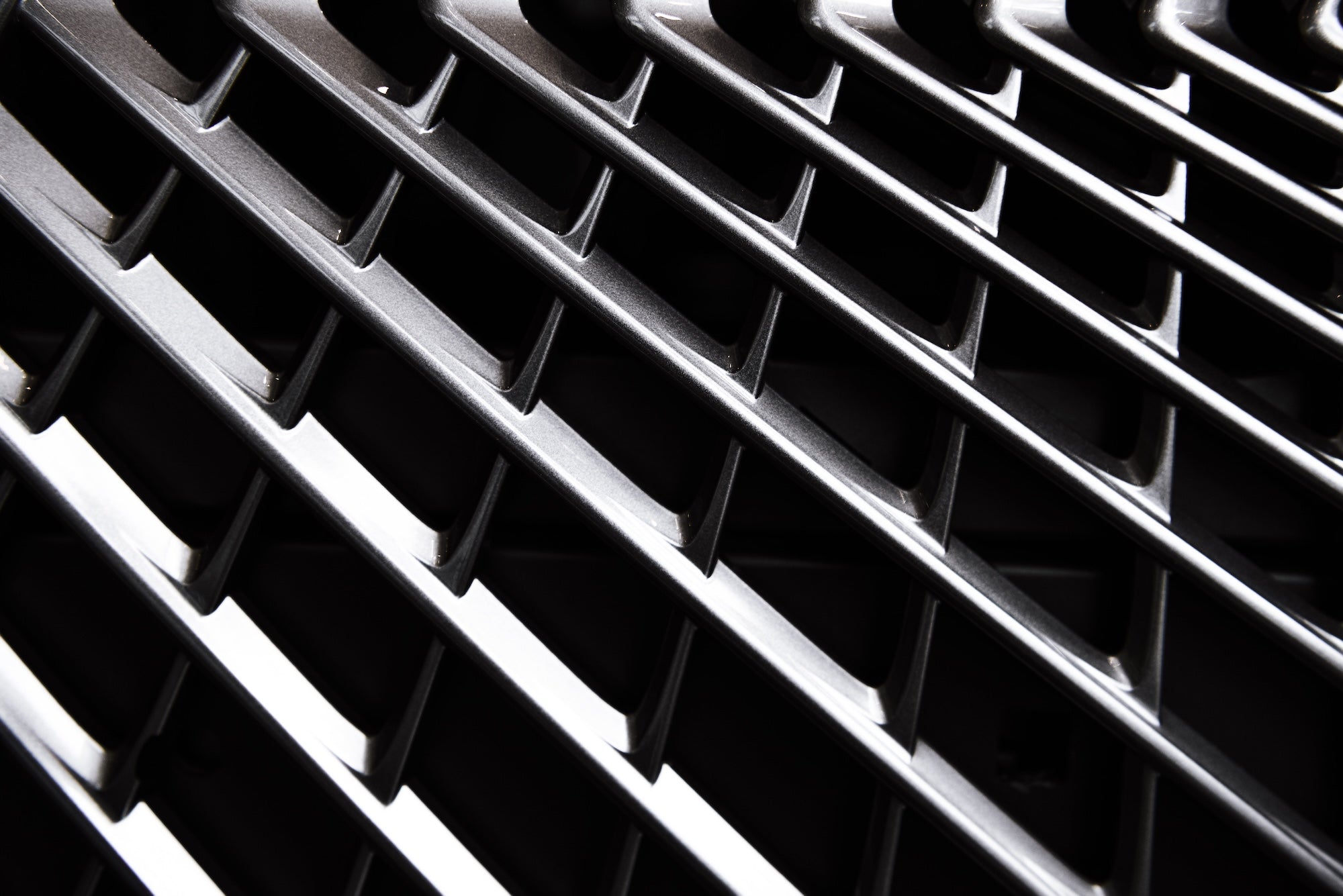

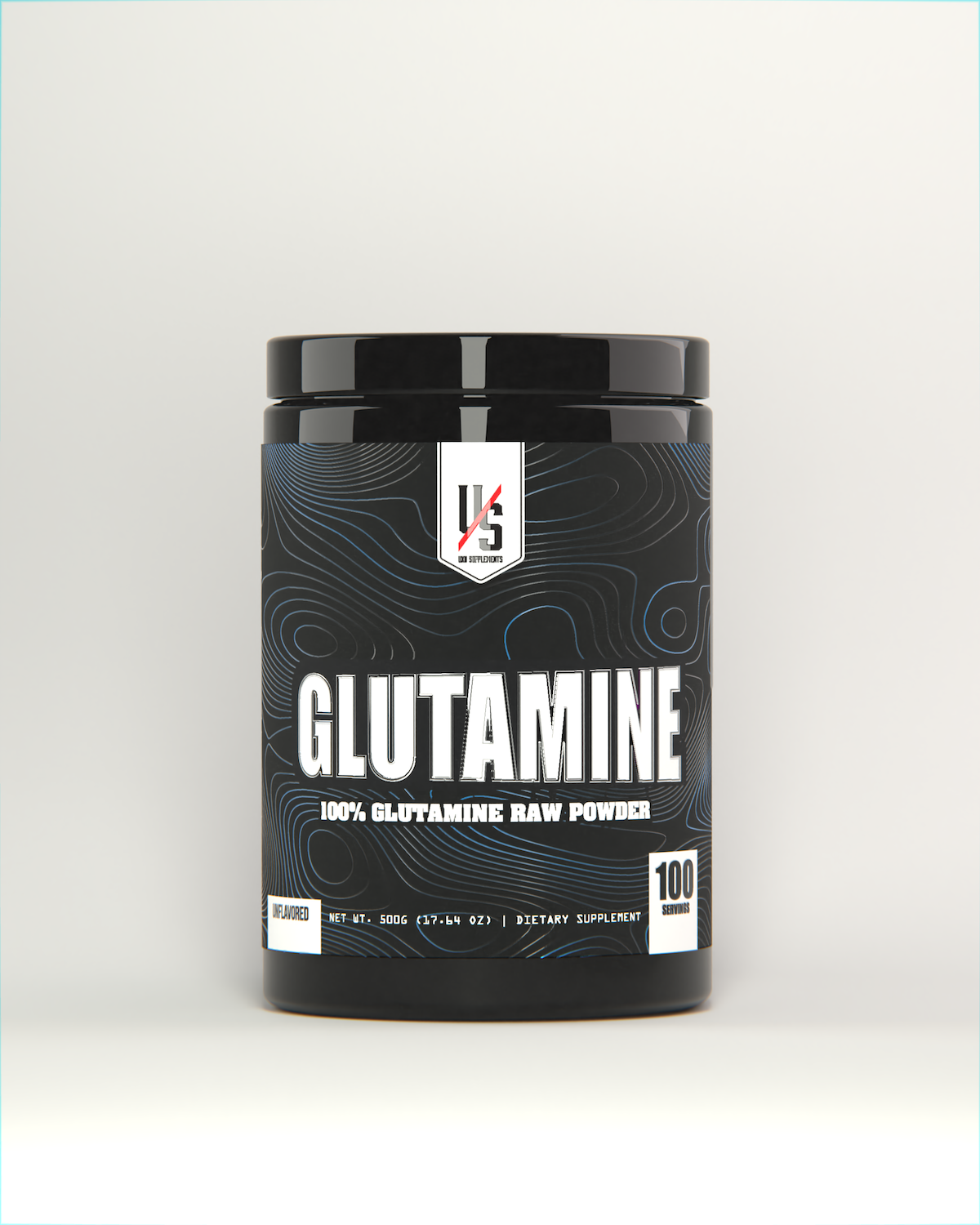

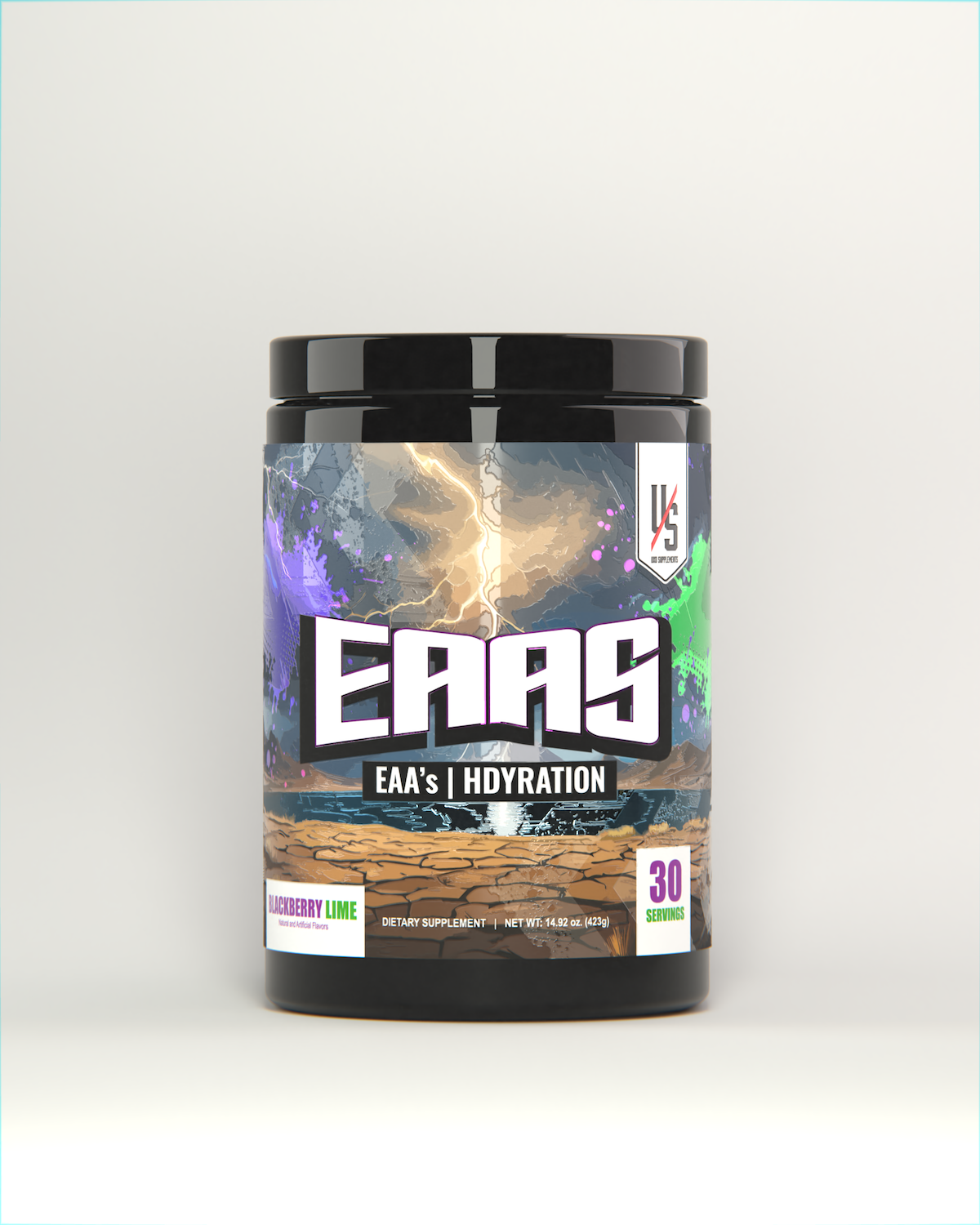
Leave a comment
All comments are moderated before being published.
This site is protected by hCaptcha and the hCaptcha Privacy Policy and Terms of Service apply.